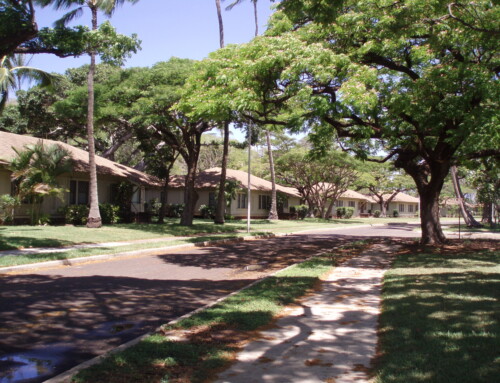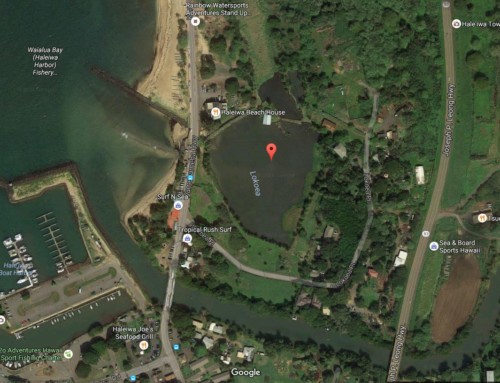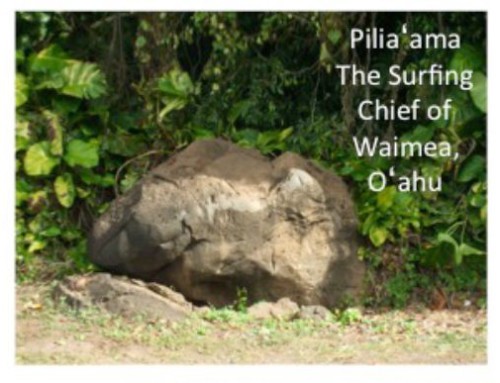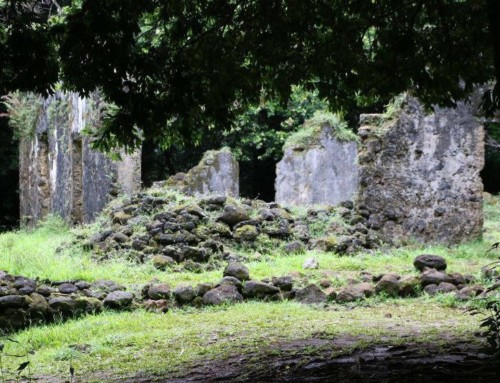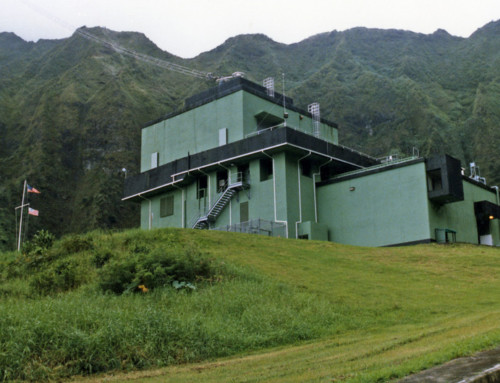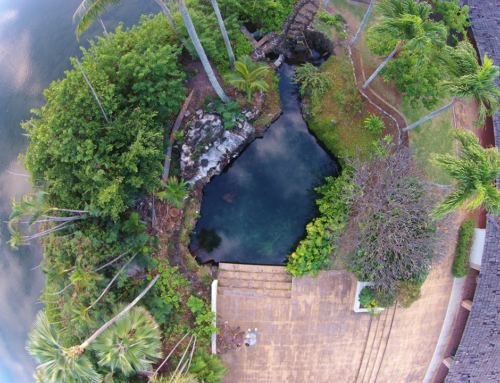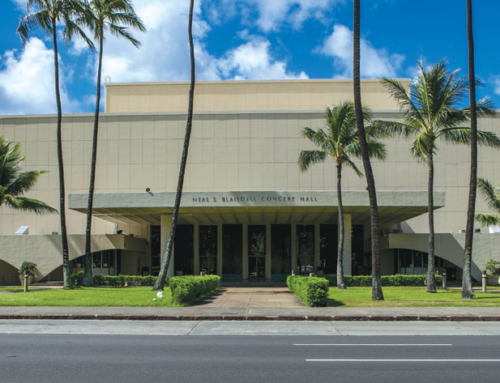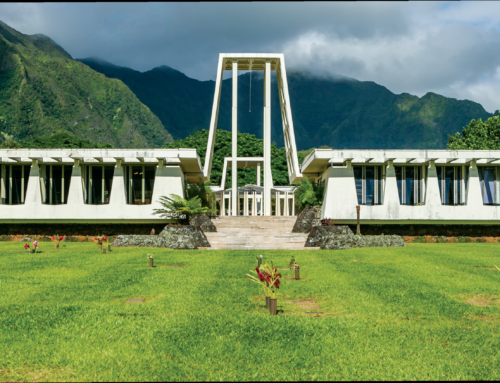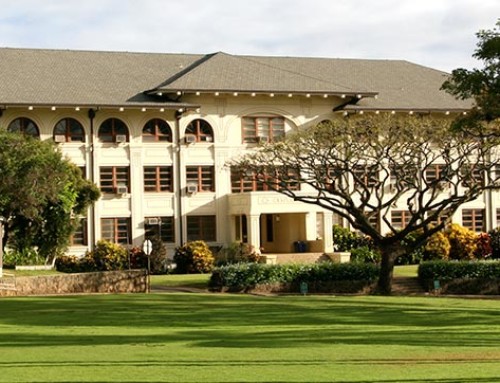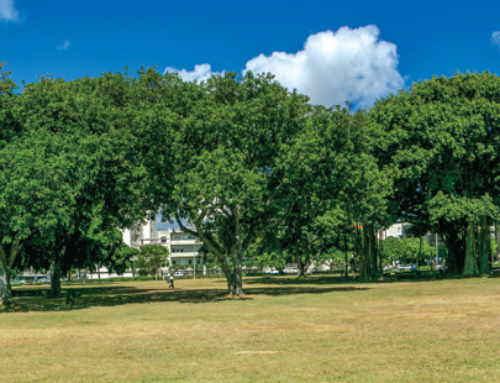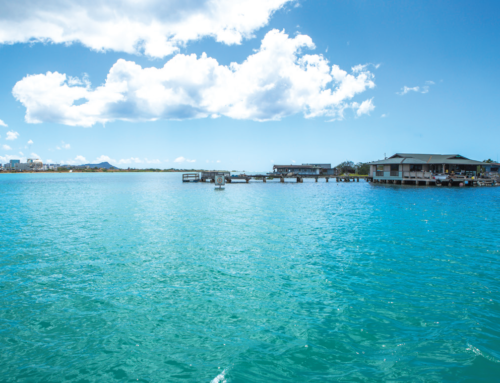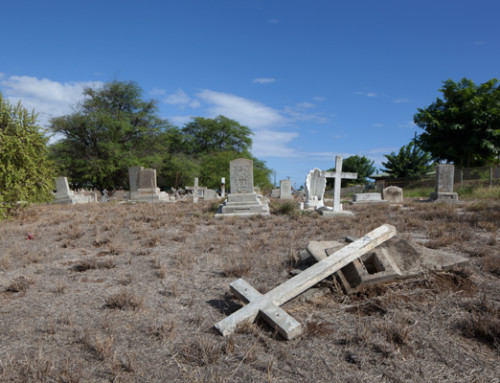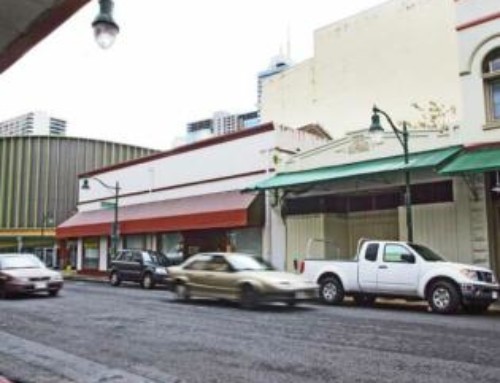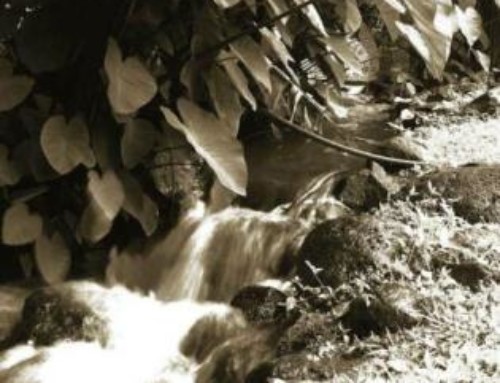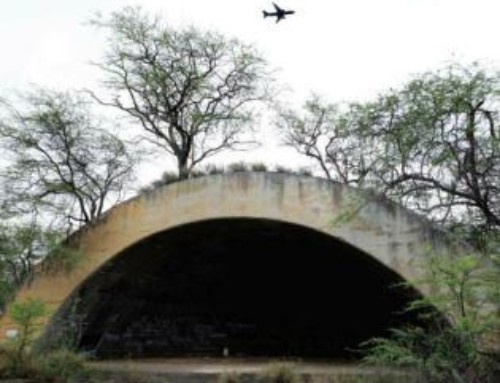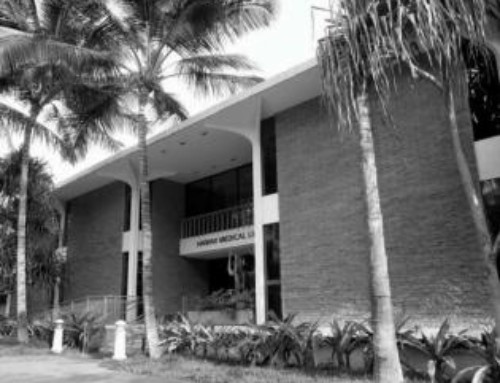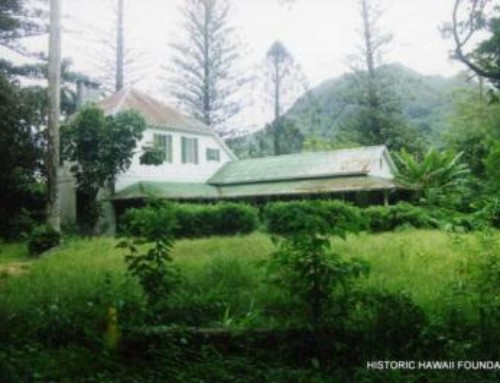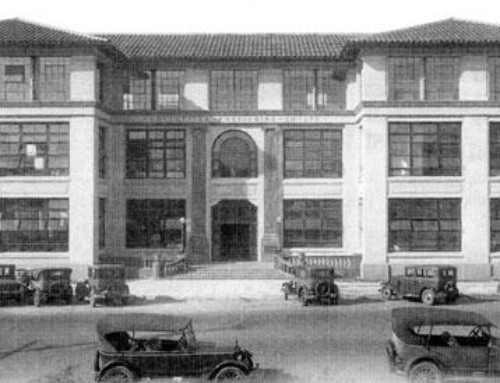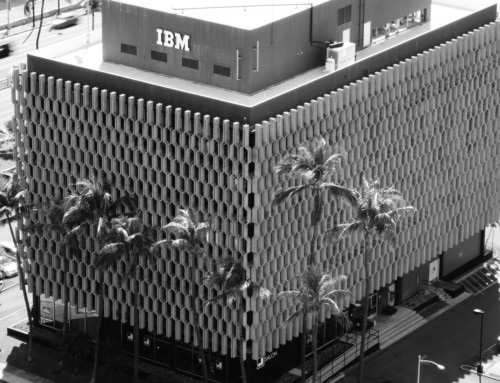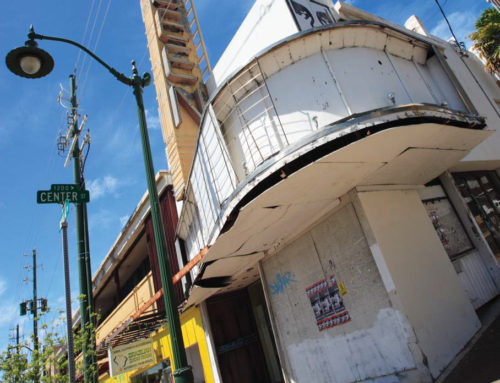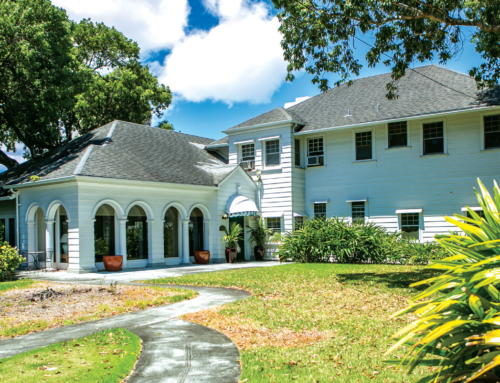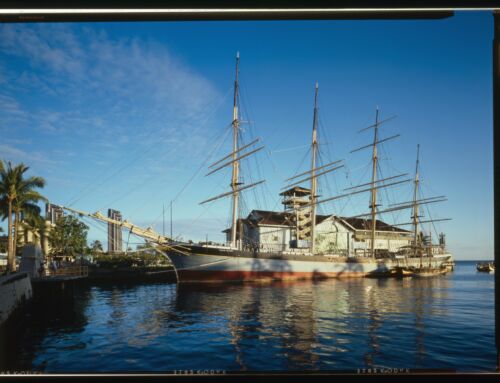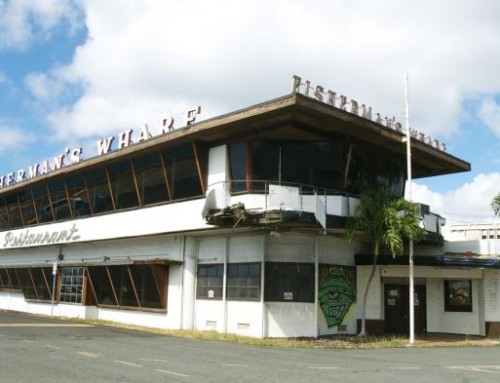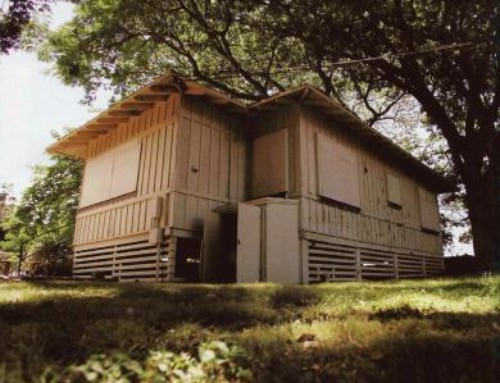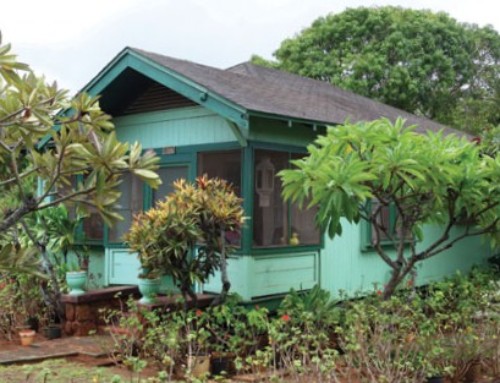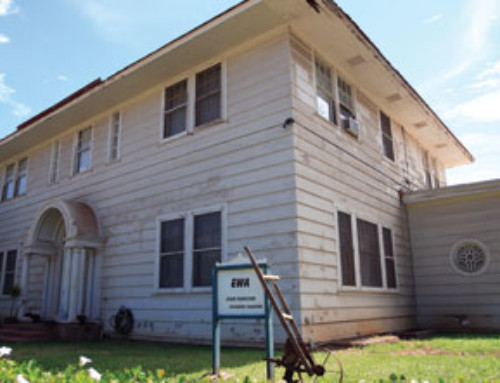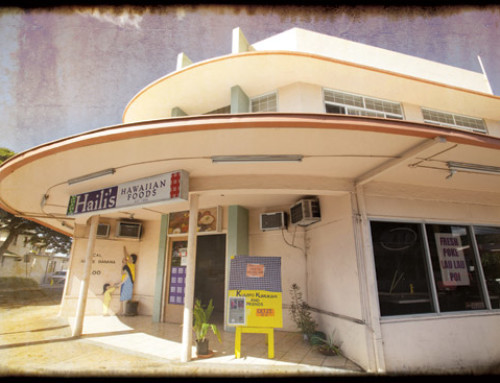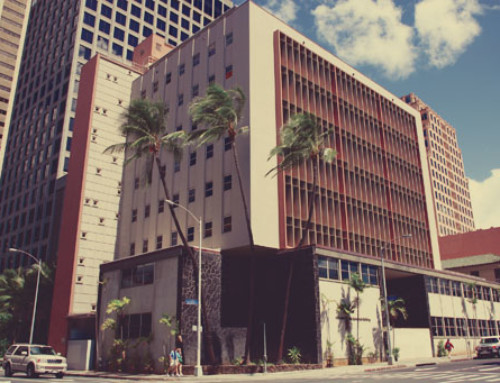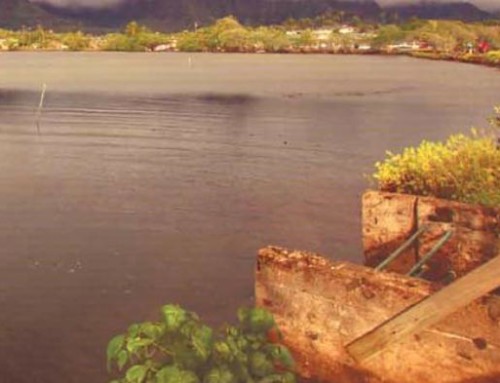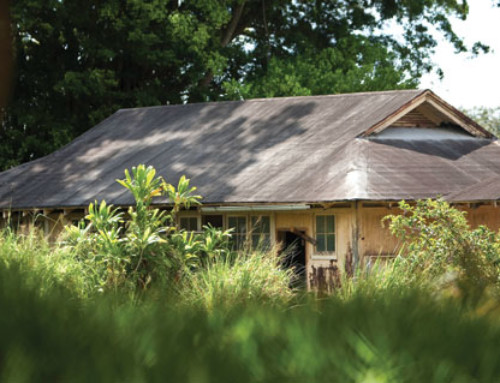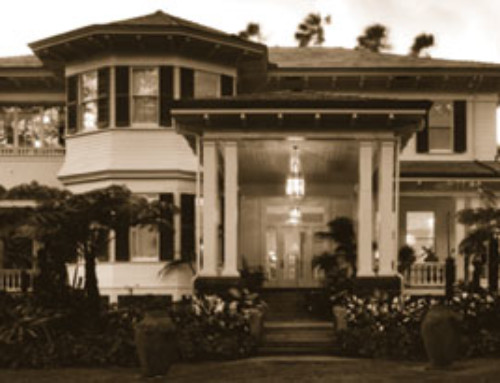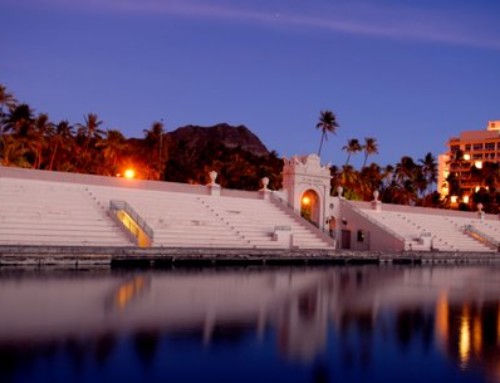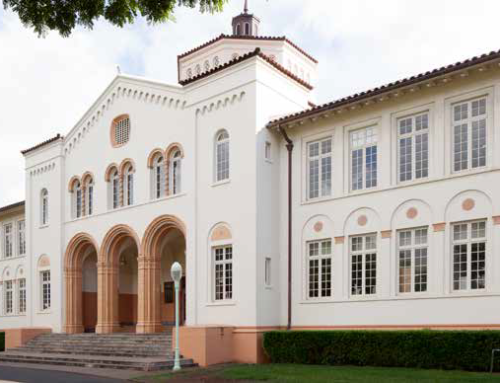Photos: Courtesy of Linda Legrande
Article Written By: Victoria Wiseman, HONOLULU Magazine
What is it?
In Mānoa, a large, foursquare, Craftsman-style home from the 1920s stands with six others of the same period. Collectively, they’ve greeted visitors and residents alike into Mānoa Valley for nearly a century. With the island’s largest concentration of historic residences, privately owned, historic homes like these are the backbone of the neighborhood’s culture and character.
What threatens it?
Historic neighborhoods are threatened slowly, one by one, by individual demolitions. The craftsman-style house in Mānoa is just one example. Although it’s 90 years old and in good repair, its new owners have filed a demolition permit and can’t be prevented from taking it down to make way for a new, modern home of their dreams.
“They’re tearing down beautiful old homes and building McMansions that are oversize and don’t fit,” says Linda LeGrande, longtime Manoa resident and community activist. “I don’t see the point in tearing down an old house when it has life left in it. It’s really hard to live with that.”
This highlights a particularly complicated threat: Individual homeowners, bit by bit, have the power to permanently alter a historic neighborhood. “Honolulu has chosen to provide incentives for preservation, but has no regulatory prohibitions. They control what you can build, but they don’t control demolition,” says Kiersten Faulkner, executive director of the Historic Hawaii Foundation.
What can be done?
Federal and state tax programs provide important tools that neighborhood groups can use to encourage homeowners to put down the wrecking ball, so educating homeowners is an important first step.
But in the long-term, preservation has to be made a priority by local government through the creation of special districts and regulations that address our cultural heritage.
“The incentives are a wonderful thing,” says Faulkner, “but, in other states, designated historic properties and nondesignated properties have some sort of protection through zoning and building permits.”
Community groups and individuals can push for regulation. There have been efforts since 1995 to create a Mānoa Valley Special District by city ordinance, to preserve its unique built environment.



